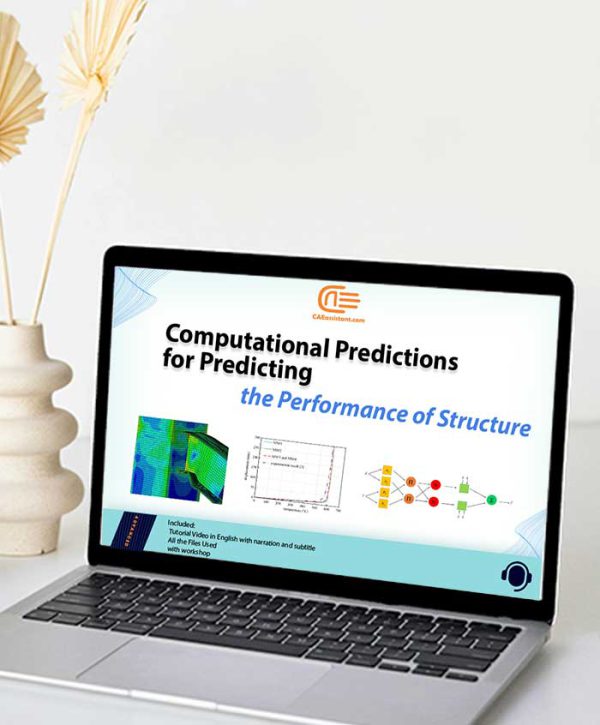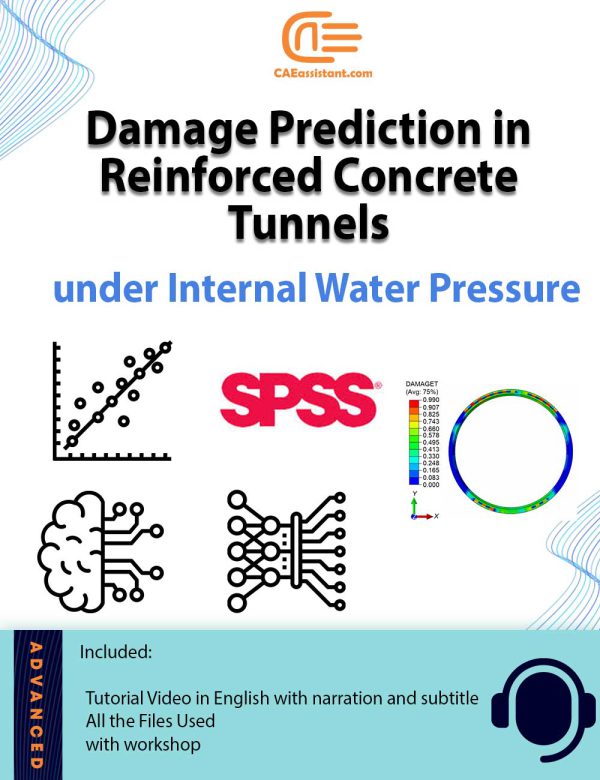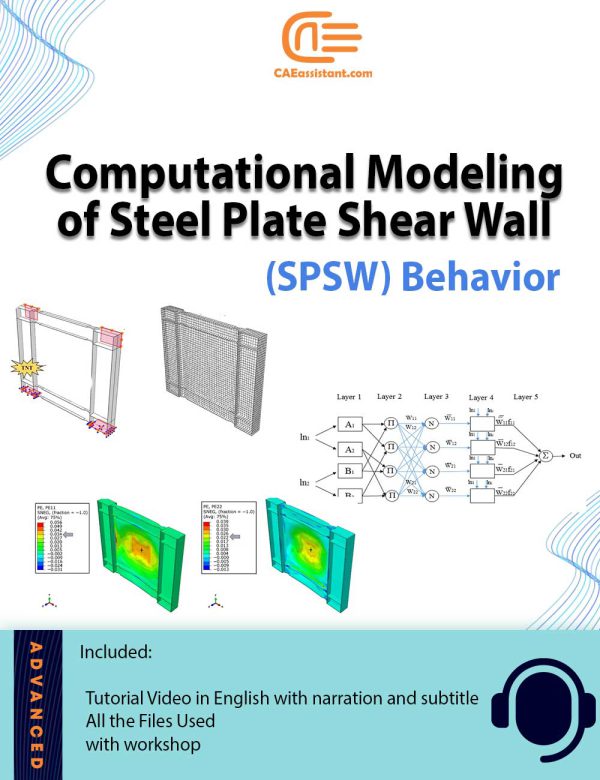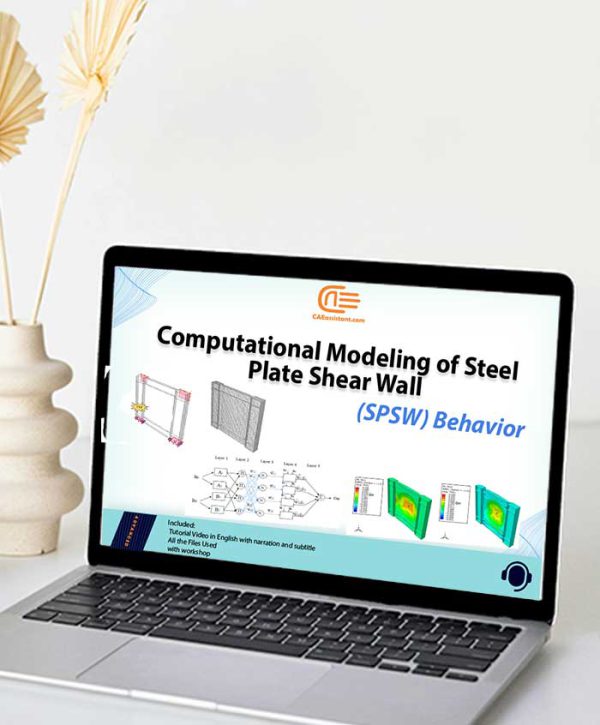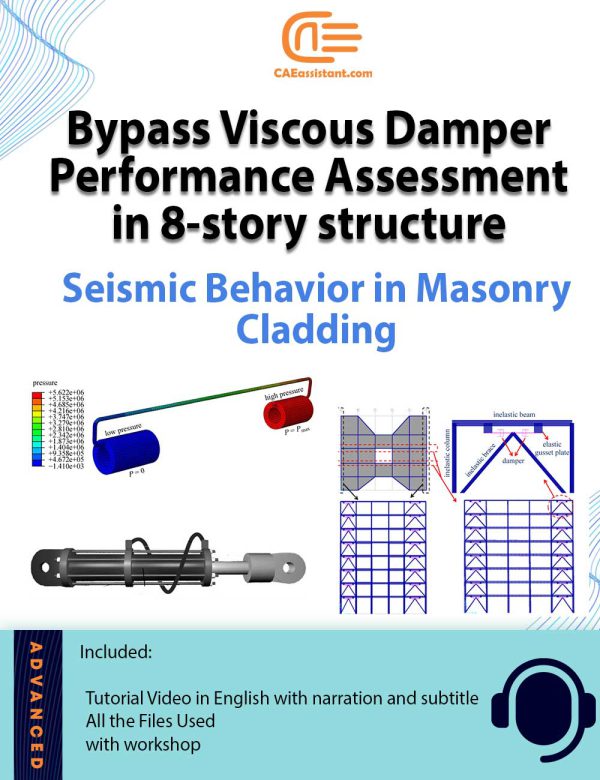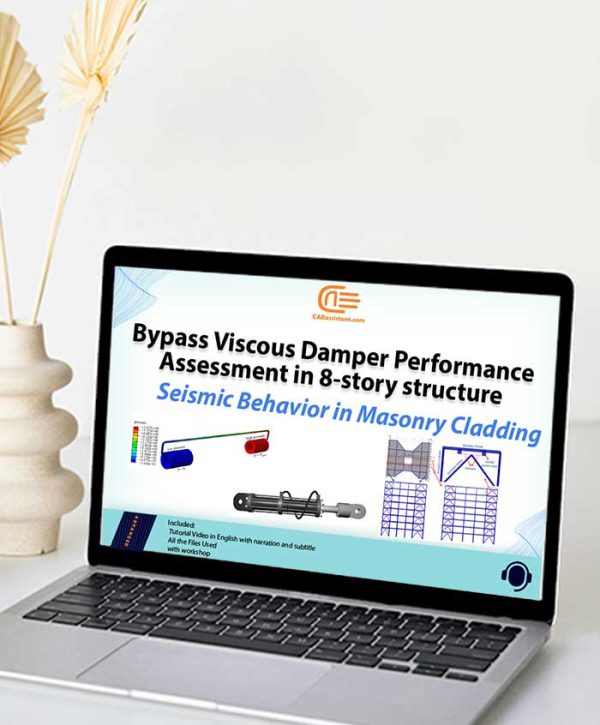Aydin Shishegaran |
I have extensive work experience as a structural engineer and a structural designer in 17 big civil projects for over ten years in Tehran. In Germany, I have worked since 2021 as a structural engineer and designed 60 projects until August 2022, when I updated this text.
Not only have I published 29 technical papers and reviewed 212 scientific papers in the structural engineering and building materials fields in high-quality journals, but I have also worked as a research assistant in two institutes in Iran, which this point shows that I have the ability to work as engineer and researcher, and maybe in the future as a professor at a university.
Other my achievements can be mentioned as follows:
-I have introduced and published two new machine learning methods and a new multi-criteria decision analysis method in my publications.
-I have created and published 5 patents.
-Award from Iran’s National Elites Foundation for one of my patents.
-Award from the Ministry of Science, Research and Technology (Iran) for scholarship visiting.
——————————————————————————————————————————–

- Part-time · 1 yr 9 mos
Hybrid

- Heinze Akademie · Part-time
Feb 2024 – Present · 8 mos
Hamburg, Germany · On-site
- Peine Ingenieurbüro GmbH · Full-time
Feb 2023 – Present · 1 yr 8 mos
Peine, Lower Saxony, Germany · On-site
——————————————————————————————————————————–

- Ph.D., Civil and Structural engineering
Jan 2021 – Dec 2024

- Ph.D., Civil engineering and Environmental engineering
Sep 2016 – Mar 2022
- Master’s degree, Structural engineering
Jan 2012 – Jan 2015

- Bachelor’s degree, Civil engineering
Sep 2005 – Mar 2011
| At CAEAssistant.com, we collaborate with a distinguished group of researchers who bring a wealth of academic and industry experience to our platform. These experts are not only leading voices in their respective fields but also active contributors to cutting-edge research, with numerous ISI-indexed publications and industry-relevant projects under their belts. Their deep expertise in areas such as finite element analysis, composite materials, and advanced simulation techniques ensures that the courses they create are both academically rigorous and practically valuable. By learning from these accomplished professionals, our students gain access to the latest knowledge and insights, empowering them to excel in their careers and research endeavors. |


